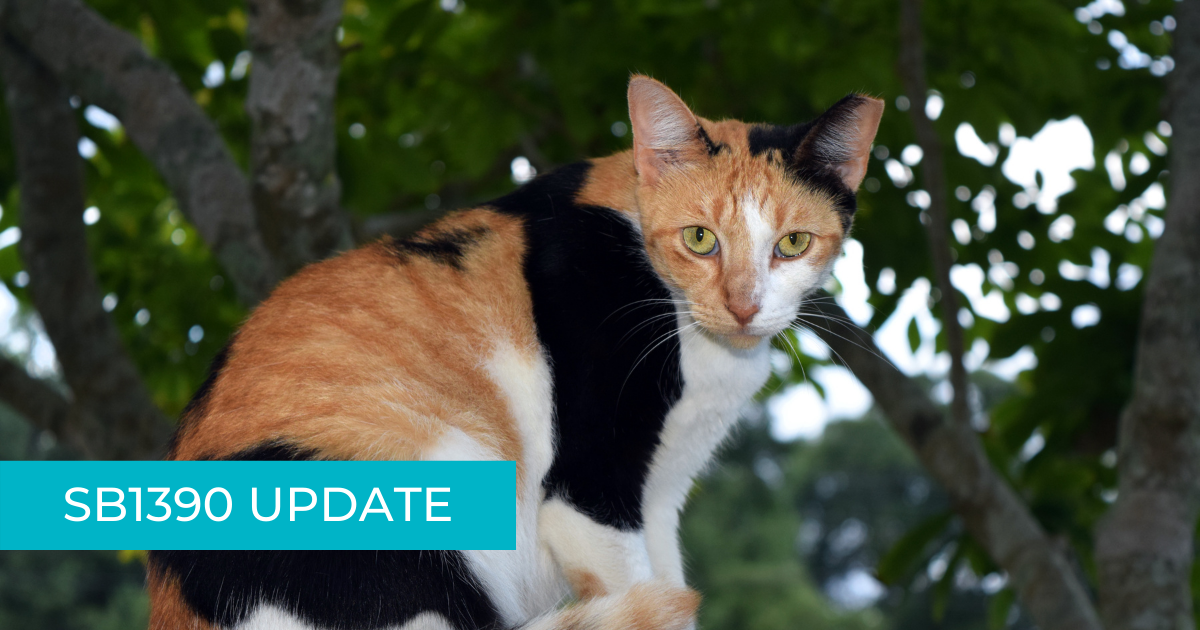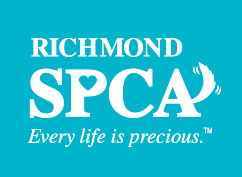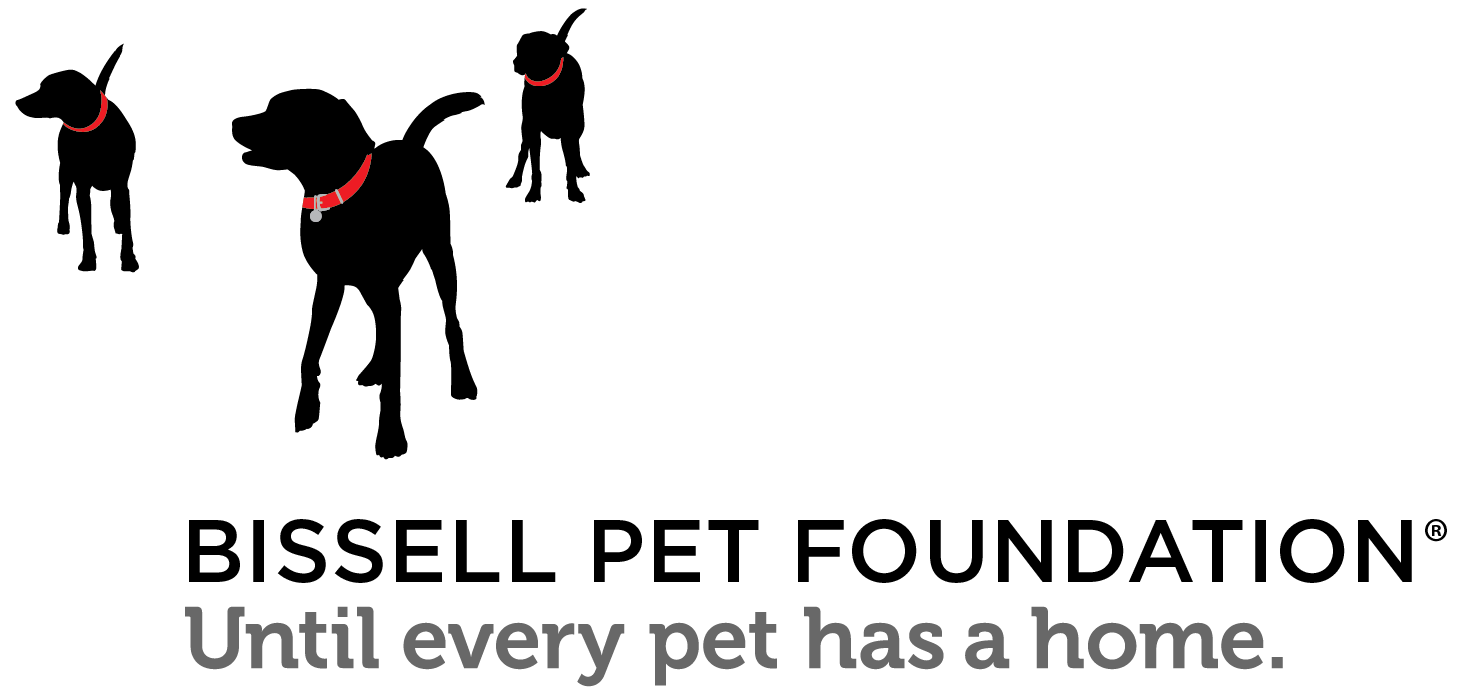Confronting false claims about TNR and SB1390

Yesterday the House Agriculture Subcommittee (of the Agriculture, Chesapeake and Natural Resources Committee) heard SB1390, the Trap Neuter Return bill introduced by Senator Lynwood Lewis. Virginia’s Senate had already passed this measure with a bipartisan vote. Unfortunately rather than reporting SB1390 for consideration by the House, the subcommittee has chosen to table the bill and recommend further study, stalling legislation that promised to improve TNR efforts across the Commonwealth.
Opponents to this bill in the wildlife conservation community have been vocally opposed, yet the only ethical way to accomplish what they want—a reduction in the number of free-roaming, unowned cats—is through widespread TNR of community cats. The arguments against TNR and SB1390 are filled with misleading and false claims. The efficacy of TNR programs is well-documented in scientific studies and data, as compiled by the Humane Society of the United States. Let’s confront more of these claims with the realities informed by more than a decade of providing TNR to our community.
Claim: Community cats are always sick.
Reality: Most community cats are in very good health. At the Richmond SPCA, our veterinarians have sterilized and vaccinated against rabies more than 25,000 community cats since 2004, and the overwhelming majority of these cats has been healthy. While opponents to TNR routinely allege that community cats are generally plagued by disease and starvation, there is no empirical data to support such claims. In fact, our professional veterinary staff’s observations are the exact opposite—disease among this population of cats is similar to that of pet cats. And by spaying and neutering community cats and delivering them other routine veterinary medical care while under anesthesia, we enhance their overall health.
Claim: It is inhumane for community cats to live outdoors.
Reality: Community cats are extremely resourceful and are accustomed to living and taking care of themselves in the natural environment. They form colonies around sources of food, water and shelter. Many were born outdoors, have only known a life outside, and thrive in this environment. They do not require human companionship to live a life of quality.
Claim: Community cats should be trapped and removed—not returned.
Reality: This method, which is the traditional approach to community cat colony management, is highly problematic. First, it is ineffective because you will never successfully trap and remove every community cat from a colony, let alone from an entire community or region. Each time you remove a cat, another one will simply take his place, and you will become engaged in a constant and very resource-intensive effort to trap and remove cats from the same area.
Secondly, the practice is unethical. Many community cats are feral, meaning they are not socialized to people and are fearful and avoidant of humans. Entering a shelter is stressful for any animal, but it is particularly stressful for a cat who is not used to being around people and who has previously only lived outside. Feral cats who enter shelters will overwhelmingly die in those same shelters because prospects for their adoption are grim. Additionally, lifesaving statistics for homeless cats in Virginia (and elsewhere in the United States) lag behind those of homeless dogs. Releasing agencies statewide euthanized about 27,400 cats (or 13% of total cat intakes) in 2019 and 2020 combined, compared to about 13,400 dogs (or 6% of total dog intakes).
Claim: Returning community cats to the outdoors is abandonment.
Reality: When a community volunteer traps an unowned, free-roaming cat for the purpose of ensuring that cat is sterilized and vaccinated against rabies, the community volunteer does not become the cat’s owner. And when the community volunteer returns the cat to the same outdoor environment where the cat was already living (without any owner!), the community volunteer is not guilty of abandonment.
Claim: Community cats pose a public health risk.
Reality: According to the Virginia Department of Health (VDH), on average, two human cases of rabies are reported in the United States each year, and most are due to a bite from a dog while traveling to another country or exposure to a bat while in this country. In the report, “Public Health: Rabies surveillance in the United States during 2018,” which was published in the Journal of the American Veterinary Medical Association, 21,764 cats were tested for rabies in 2018, and 241 (or 1.1%) were confirmed rabid. This reflected a 12.7% decrease in the number of confirmed rabid cats in 2017. In Virginia, fewer than 30 cats, on average, test positive for rabies each year. Rabies vaccines for dogs and cats continue to be the most important strategy to reduce the risk of rabies in both species and the possibility of transmission to humans. A key element to any TNR program is vaccination of community cats against rabies. When a cat is trapped and taken to a veterinary hospital for spaying or neutering, a licensed veterinarian also vaccinates the cat against rabies.
The threat from toxoplasmosis is also drastically overstated by opponents of TNR. While the parasite can infect people who inadvertently ingest cat feces, according to the AVMA, “Handling or consuming undercooked or raw meat, particularly pork, is the most common route of infection in North America.” General precautions to prevent exposure from free-roaming, unowned cats include wearing gloves while gardening, cleansing hands thoroughly after handling soil and washing fruits and vegetables.
Claim: Community cats are reservoirs of infectious diseases, which they transmit to free-roaming pet cats.
Reality: Rates of common infectious diseases are about the same when comparing community cats to pet cats, so the risk each group poses to the other is similar. The best way for owners to eliminate their pet cats’ risks of contracting diseases outside the home is to keep their pet cats indoors. By doing so, they also protect community cats.
Claim: Community cats devastate wildlife.
Reality: People, not cats, are largely responsible for damage to the earth’s ecosystems which has negatively impacted wildlife, including bird populations. However, it is true that community cats, just like free-roaming pet cats, can prey on smaller animals. TNR programs reduce the threat community cats pose to bird species and other wildlife by reducing the overall population of community cats through spaying and neutering.
Claim: A study will produce consensus on TNR.
Reality: An array of stakeholders met from 2012 to 2015 as part of the Comprehensive Animal Care Laws workgroup. The Virginia Department of Agriculture and Consumer Services drafted a compromise on community cats that wasn’t ideal, but TNR proponents in the workgroup were willing to agree to move forward on the issue. Many of the same groups now opposing SB1390 rejected the compromise in 2015. These groups have had nine years to offer other solutions, but they continue to oppose all efforts to add TNR language to the code. It is unreasonable to expect that another study will produce any meaningful progress.

As the CEO of the Richmond SPCA, Tamsen oversees the development of our organization’s short- and long-term strategies to achieve maximum lifesaving and fulfill with integrity the Richmond SPCA’s mission.
When she’s not busy working alongside our talented and dedicated staff, Board and volunteers, Tamsen enjoys spending time with her husband and daughter, as well as their two cats and a dog—all of whom they adopted from the Richmond SPCA.



